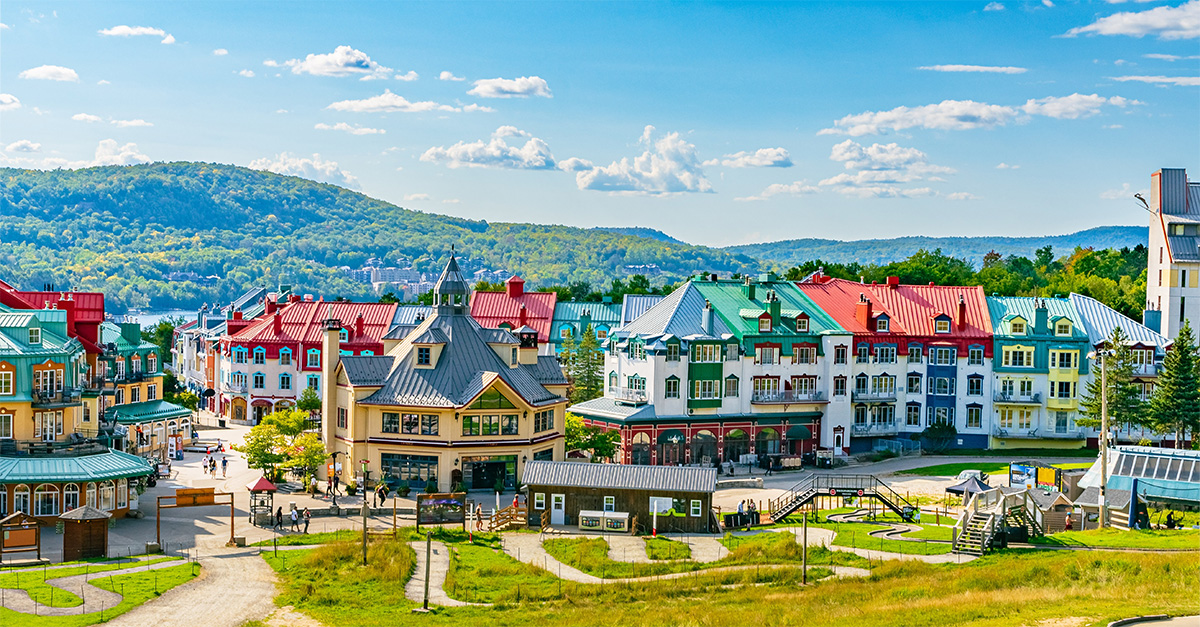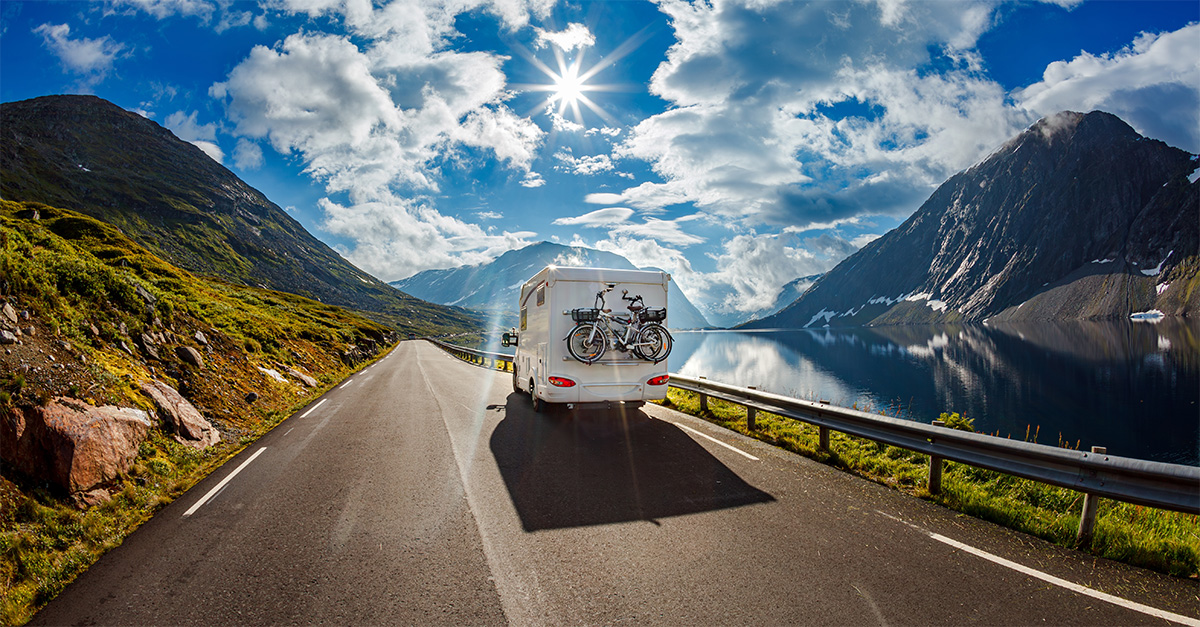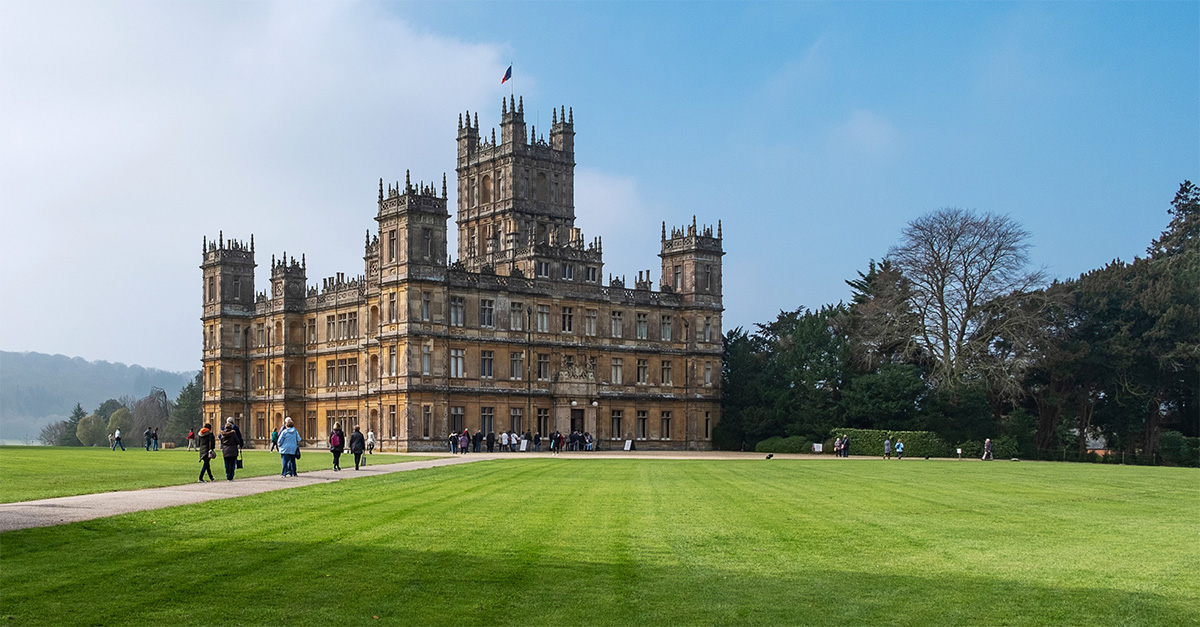Pictures: Shutterstock
It’s high time holidaymakers woke up to the lush Troodos Mountains, finds George Clode on a Sunvil fam to Cyprus.
Like this and want more details? Click here to download and save as a PDF.
Trying to tempt sunbathing holidaymakers away from Cyprus’s stunning beaches in summer is no easy task, but the Troodos Mountains can be very persuasive.
Just a short drive from its sandy shores is Platres, where my journey began. This sleepy, picturesque village on the southern slopes of the mountains was once filled with bars and hotels built by British occupiers who couldn’t stand the mainland heat. Today, the leafy, hilly terrain and cooler climate make it immensely popular with hikers, cyclists and young couples seeking a break from the heat of the cities. Locals arrive for weekend trips, and in winter it becomes a busy base for cross-country and downhill skiers.
Of the many designated hikes around the area, the best-known is the Kaledonia Trail, which leads to the Kaledonia waterfall, one of the highest in Cyprus.
The two-mile climb takes about two hours. It follows the path of the babbling Kyros Potamos River and leads wide‑eyed walkers through a canopy of golden oaks, Calabrian pines and strawberry trees.
After the walk and some much-needed mezze at local haunt To Annoi, the owners pointed us in the direction of the cultural centre, soon to become a museum and tourist centre, which will cost €5 to enter. For now, though, it’s a weekend marketplace, where the focus is very much on local products – particularly the uses and properties of lavender. Stalls run by smiling locals display biscuits, cakes, massage oil, bath salts, cosmetics, liqueurs, cold drinks, and spritz sprays all made with local mountain lavender.
Nearby is the Platres Chocolate Workshop, where visitors can try their hand at chocolate-making and learn about the process. Do not expect a tour of Willy Wonka’s chocolate factory. This is a small and intimate insight into the world of chocolate-making, led by knowledgeable and at times hilarious specialists. Tuition lasts two to three hours and costs €50.
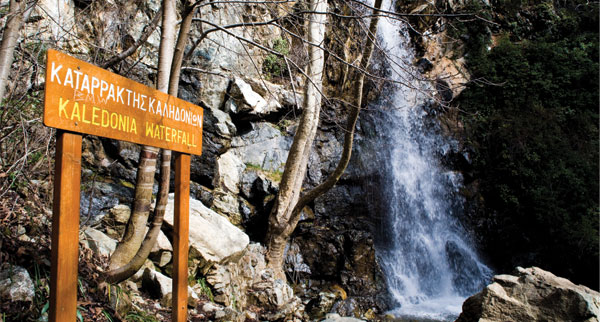
Omodos
Fifteen minutes by car from Platres are the cobbled streets and terraced slopes of Omodos. This is a beautiful little village for couples looking to spend a heady afternoon exploring the twisting back alleys and hidden cafes.
The village holds a wine festival every August, and almost every stall or shop will offer you a little taste of its own commandaria: the sweet wine of Cyprus. The wine has been made there for centuries, and is still used in religious ceremonies today.
“At Platres Chocolate Workshop, visitors can try their hand at chocolate-making and learn about the process.”
Dine at Kir Yiannis Taverna, an old mansion house decorated in a traditional style serving Cypriot cuisine. Musicians wander from table to table creating a lively, fun atmosphere as Yianni, the charming owner, rushes around making sure everyone is having a good time.
And everyone was. The pork platter and chicken skewers with sweet wine sauce are to die for. You may need to be rolled home, but it’s worth it.
Kakopetria
Another short drive through hills alive with colour leads to the affluent town of Kakopetria, a must-visit for heritage tourists and history buffs. Before lunch, head to the beautiful Church of Agios Nikolaos tis Stegis (St Nicholas of the Roof) for a look around the Byzantine frescoes. It’s like walking around one big, living museum: the town’s buildings have been restored in stone, and rickety wooden balconies jut out at all angles. An old wine press and watermill have also been restored and can be seen by inquisitive travellers, or those just in need of a sit down.
The Mill is a bustling restaurant with high terraces offering excellent views and serving, among other things, delicious trout fresh from the Karkotis River. This is a supremely relaxing spot in which to sit out and take stock of your surroundings.
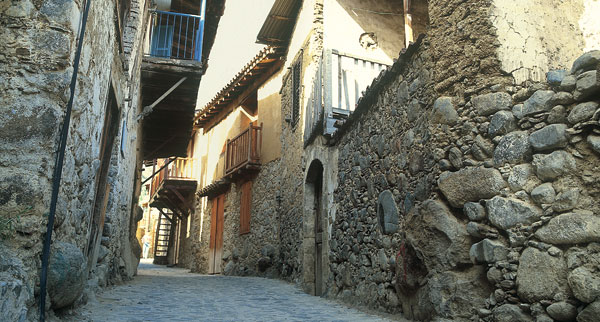
Kalopanayiotis
The outlook of this little-known village is all tiled rooftops and verdant cliffs. At the heart of it is Casale Panayiotis, a luxury hotel and spa with an emphasis on local living.
I walked to the Agios Ioannis Lampadistis Monastery via the sulphur springs, which can be found at the banks of the Setrachos River, next to the Venetian bridge.
The springs were once used by local women to wash clothes, and the waters, now used in the hotel spa, were renowned for their healing properties.
Farther up the hill is the quaint 12th-century chapel Panagia Theoskepasti. The chapel itself is covered and almost hidden by a 700-year-old tree, protected by the Department of Forests on the island, though perhaps more so by the superstition that whoever cuts the branches will find “a thousand myriad evils”.
A peaceful, secluded walk back to the hotel will take you past the watermill – recently declared a heritage monument by the Cyprus Department of Antiquities – and through fields of wild flowers, fennel and bay trees.
Top tip
The free Troodos Botanic Garden hike is a good introduction to the variety of Cypriot flora.
amiandos.eu
Sample product
Sunvil offers seven nights at Casale Panayiotis from £743, while a week at Forest Park Hotel starts at £554. Both prices are based on a standard room on a B&B basis, including flights from Gatwick and car hire, for travel in March 2018.
sunvil.co.uk
Where to stay
Platres, Forest Park Hotel: The Forest Park Hotel was built in 1934 on an old vineyard, and was the first hotel to have a pool installed in 1962. It has 130 rooms and grand communal sitting rooms with high ceilings. Rooms are air-conditioned and have generous balconies looking into the trees. There is a gym, a heated pool and, as an added bonus, author Daphne du Maurier wrote her 1938 novel Rebecca there.
Kakopetria, The Linos Inn: This is a gorgeous boutique hotel with 30 rooms. These have vintage four-poster beds and are decked out with rustic, wooden beams and panels. A suite with a Jacuzzi costs €90, while a standard is €40 per room for two people with breakfast included. There is also a sauna available.
Kalopanayiotis, Casale Panayiotis: This hotel was founded by a local businessman who moved from Kalopanayiotis to Dubai, then visited the village 10 years later and was so devastated by its decline that he set up a revival project with the help of EU funding. The hotel is part of that project, and so different rooms, treatments and dishes are all named after local village stories. It makes for a luxurious base for people wishing to discover the Byzantine churches and secluded walks of the surrounding area.


